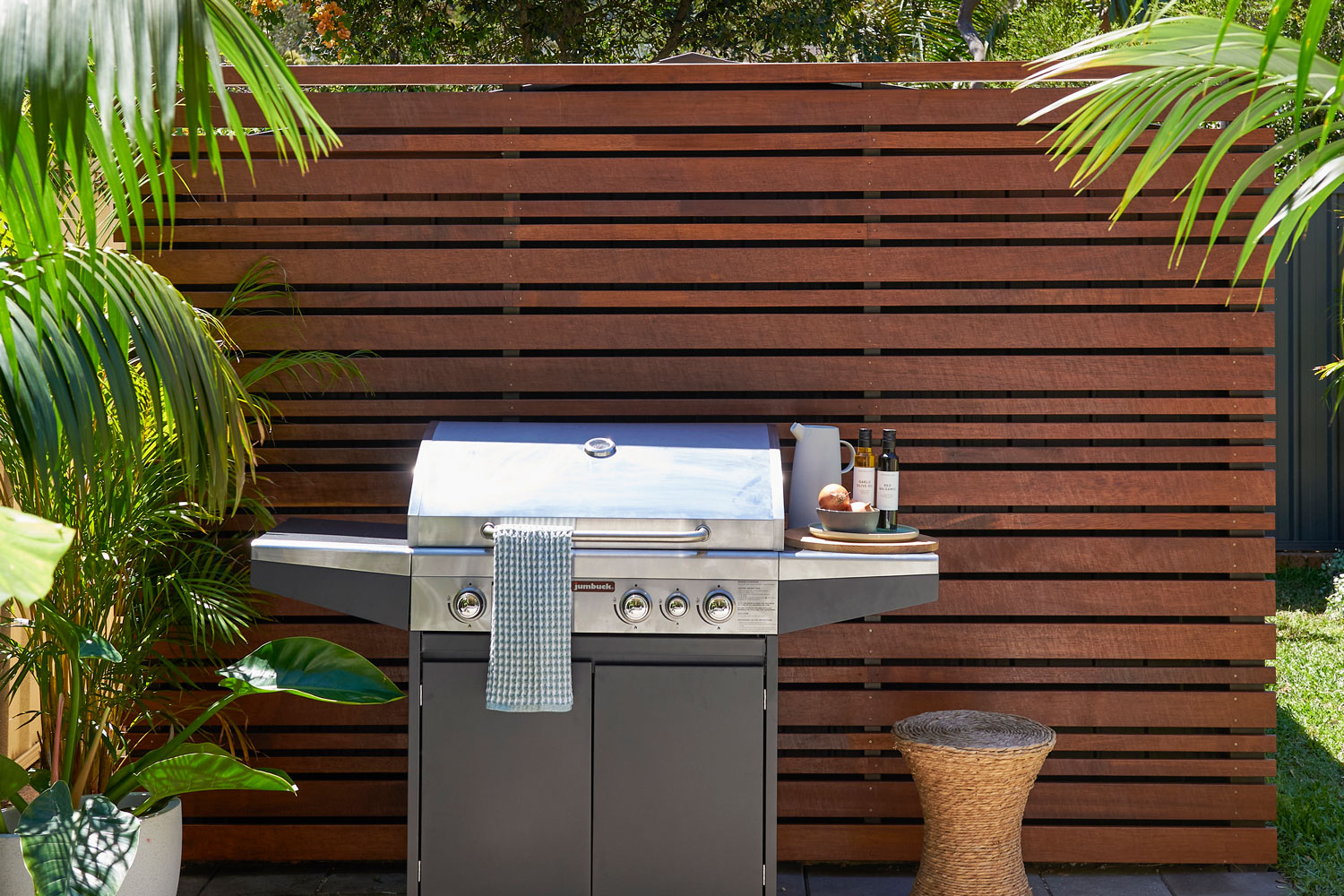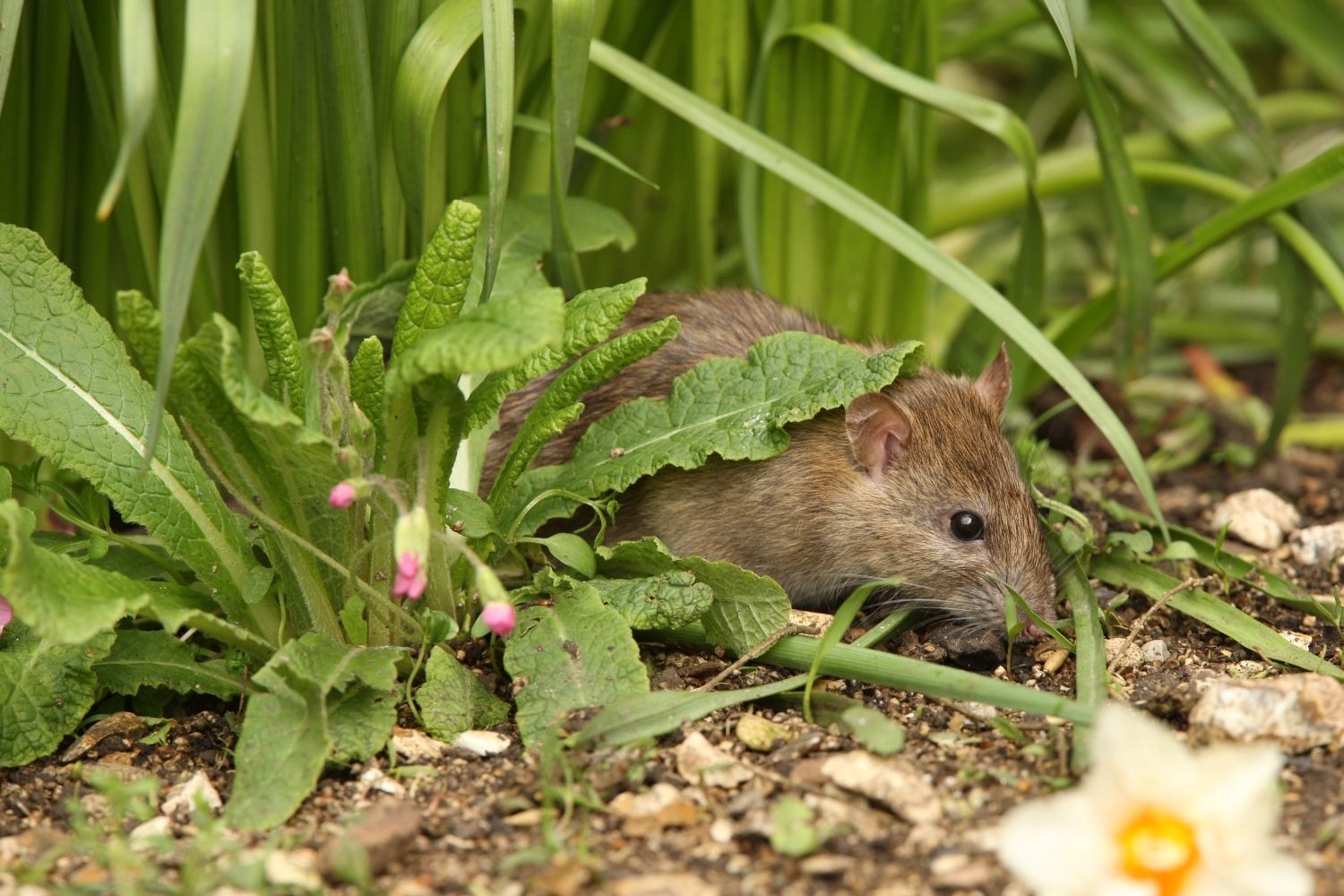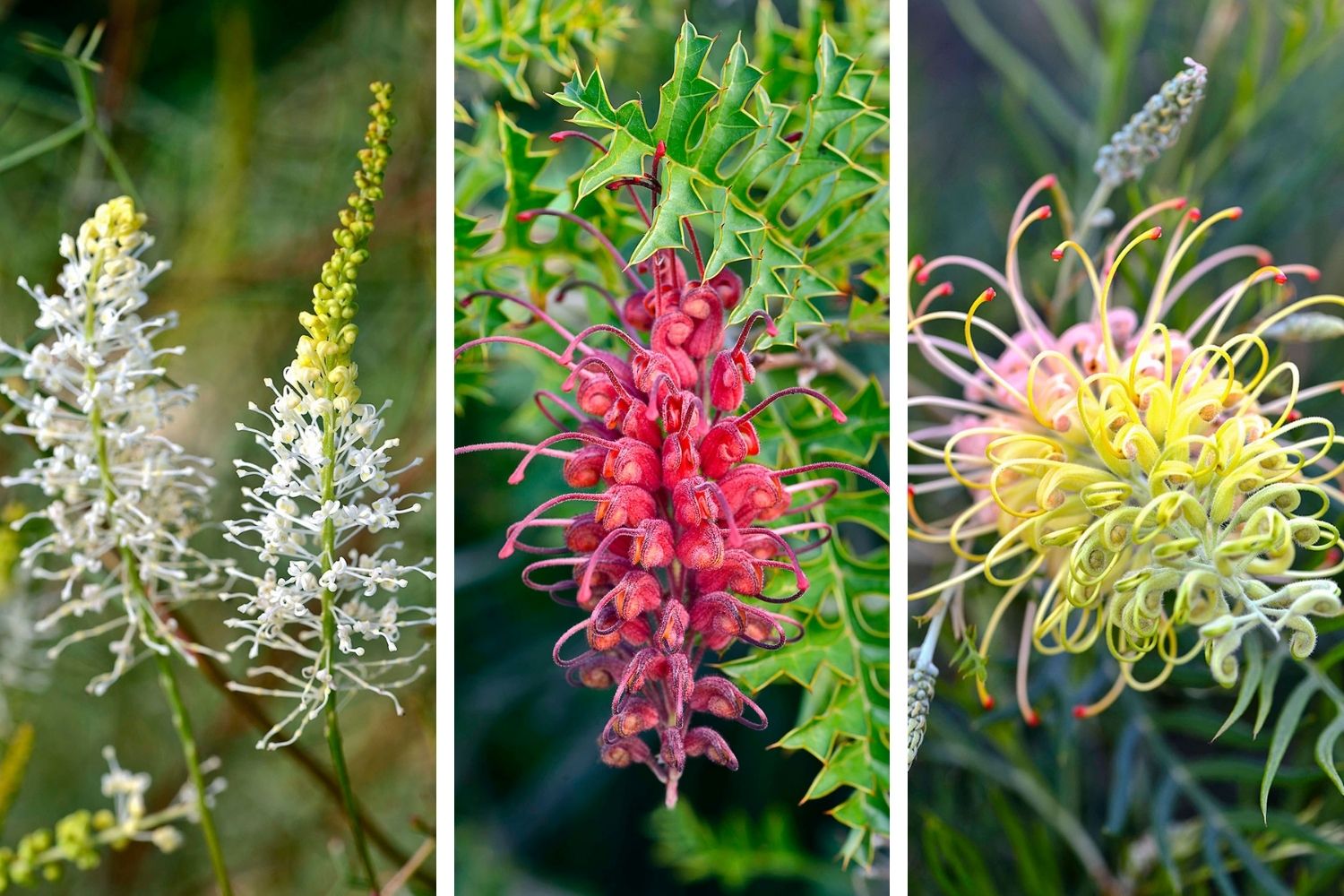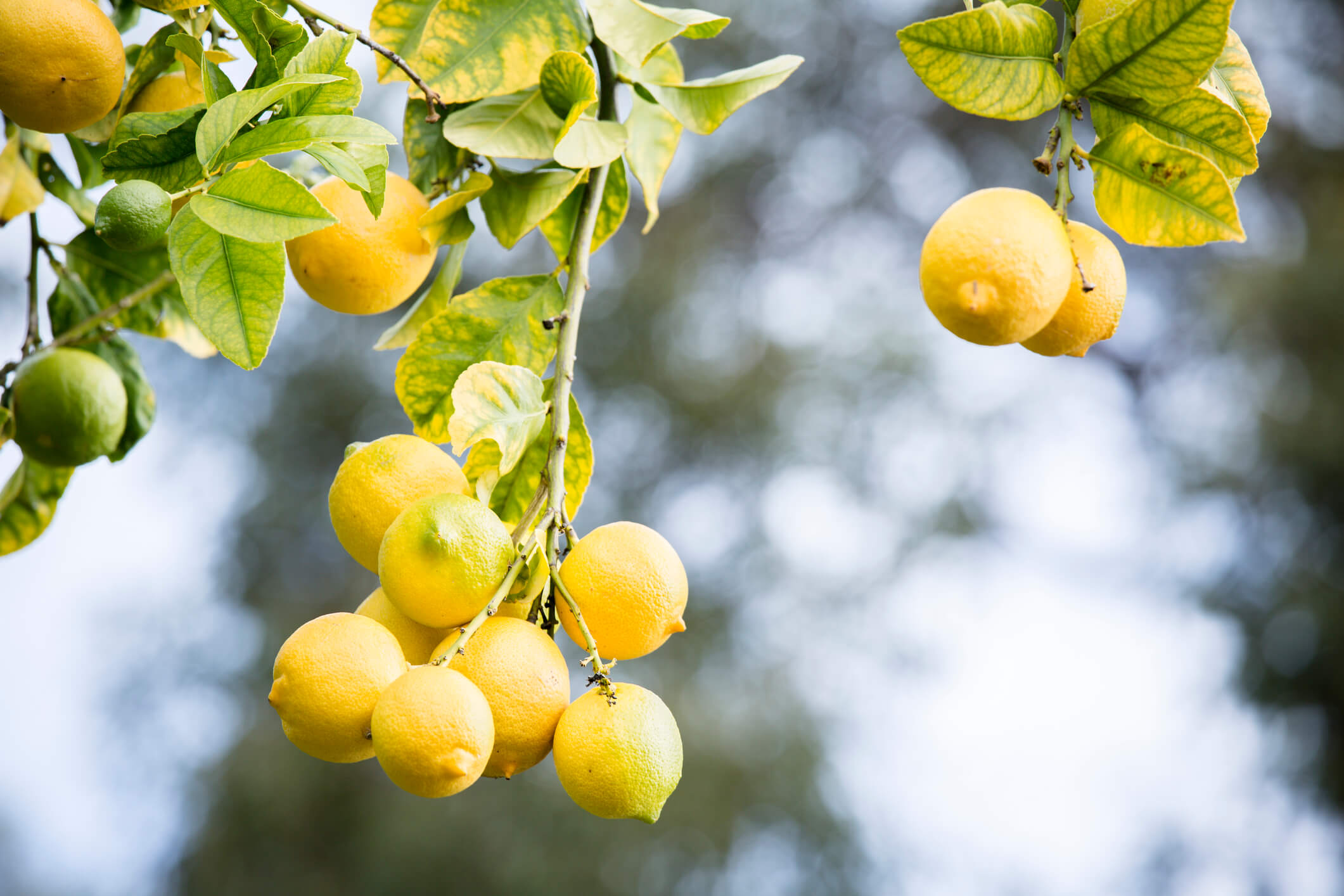Myriad colours, perfumes, textures and shapes are fabulous features of a spring-autumn perennial border – the bonus is an abundance of loveliness, just as there is at the garden of St Erth.
You may not live in a charming cottage such as this, but cottage gardens can flatter many homes, bringing a wild, untamed personality to your world.
It is located in Blackwood, Victoria about 90-minutes drive north-east of the Melbourne CBD. They’re open Monday to Sunday at 10am-4pm from June until the end of August, and 10am-5pm the rest of the year. It is free entry for Diggers members and children under 16, or $15 for visitors. They are closed on Good Friday, Christmas Eve, Christmas Day and Boxing Day.
Visit the garden of St Erth!

Romance can’t get any better than a 1.6ha cottage garden, hugging an old stone cottage, nestled in the unique Australian bush.
Take inspiration from The Garden of St Erth, one of many run by The Diggers Club. The garden is ever-changing and filled with plants that thrive in central Victoria’s cold winters and hot, dry summers – beautiful, colourful and dancing to the joy of the season.
St Erth has just put in a new perennial border that is showing all the vigour of its youthfulness and will grow gracefully into maturity with the organic gardening methods used by The Diggers Club crew.
To create this beauty in your own garden, use lots of colourful flowering plants of varying heights and textures.
We have some brilliant suggestions if you’re not sure where to start.
What flowers should you plant in a garden?

01
Echium or Veronicastrum
Foliage
Flowers are the main pleasure of perennial borders, but you can benefit from lots of foliage. Mirror tall background trees with smaller versions – echium or veronicastrum flower in summer, but they have structural interest all year round.
Perennials can last for years – some only three or five years, while others hang around for decades. They usually flower in one season – spring, summer, or autumn – but some, such as roses, can bloom through all three seasons. Care varies greatly – some need to be pruned and divided regularly, while others thrive on neglect. Perennials that don’t have a long life span can often be propagated by division, such as agapanthus or hostas. Perennials have a reputation for being hungry for nutrients and thirsty for water but only when they’re young. As they mature, they become more efficient!
What’s a perennial?

02
Queen Anne’s Lace
Textured plants
The lovely Queen Anne’s lace is an annual flower which adds depth to the garden. Add other annual flowers similar to this one to fill the empty spaces until your perennials reach their full size.
Annuals last only one year and die after they have produced seeds. Biennials take two years to go through their life cycle, then die, think foxgloves and some poppies.
What’s an annual flower?

03
Hyssop
Textured plants
Create colourful, metre-tall spires with agastache, also called hyssop. It flowers from summer through to autumn and has a minty fragrance to make your garden smell lovely.

04
Sea Holly
Textured plants
For architectural interest, plant thistle-like sea holly. Some varieties flower in winter, while others will bloom in summer. If you’re growing them from seeds, they are best to sow in autumn or spring.

05
Crocuses
Pops of colour
Put ground-hugging autumn crocuses at the front of your border. They thrive in cool climates and can survive severe frosts. These beauties are poisonous and the best time to plant them is in late summer.

06
Kniphofia
Pops of colour
If you yearn for fiery colour amid the pastels, plant kniphofia or crocosmia. They are low maintenance and come in a range of colours and sizes.

07
Echinacea
Mixing structures
Echinacea are among the many coneflowers that light up an autumn bed. And if you love their long, sweeping skirts, they’re the one for you.

08
Artemisia
Foliage
Silver foliage complements colourful flowers, but if you want something that glows in the moonlight, plant artemisia. They’ll allow the flowers to pop and amplify the beauty from the background.

09
Geraniums
Unique flower variations
Traditional geraniums make you think of Mediterranean gardens, but there are others you can plant – such as Geranium pratense – to bring delight to a border.

10
Dahlias
Pops of colour
You’ll never go wrong when you have dahlias in your border – they’re magical! They share a dramatic display of colour and come in a variety of shapes and sizes. They flower through Summer and Autumn and prefer warmer climates. You can bring your dahlias indoors and when you snip, they’re spurred into producing more. Apart from their beautiful flowers, they also have strong stems, so sit upright in a vase for up to seven days.

11
Miscanthus
Contrasting plants
If you love the arching plumes of miscanthus that turn silver in autumn, contrast them with sedum ‘Autumn Joy’.

12
Rudbeckia
Various structures
Rudbeckia is another of the coneflowers you can plant in a border. Their skirts are more uplifting which will add a nice contrast in structure. Not to mention the beautiful range of colours they come in.
Other features you should add to your garden

13
Gazebo
Include some architecture
Look at your space and notice where you can add some architecture to amplify the garden. At St Erth, they added a gazebo as the focal point at the end of the path.

14
Vegetable Patch
Diversify your space
Why not make your garden practical as well as beautiful? Harvest your own vegetables and herbs with a veggie patch. The soil in the vegetable garden at St Erth had to be regenerated after being trashed by early gold diggers. This is where organic gardening is so effective if your patch needs rejuvenation.
It starts with creating healthy soil that produces vigorous flowers and foliage, and attracts pollinators and bad-bug predators such as birds, ladybirds and lacewings. It means replacing chemical herbicides and pesticides with natural ones. Chemical treatments can harm worms and other beneficial organisms in soil, and can seep into your vegetables. They may also pose a danger to wildlife.
What is organic gardening?
Set up a compost heap, and when your kitchen and garden scraps have broken down, use it to nourish the soil. Use organic fertilisers in spring and autumn to provide roots with nutrients that keep them strong and healthy. Use organic mulch to help suppress weeds and keep soil cool in summer and warm in winter. Water the soil in the morning as evening watering can lead to fungal diseases.









